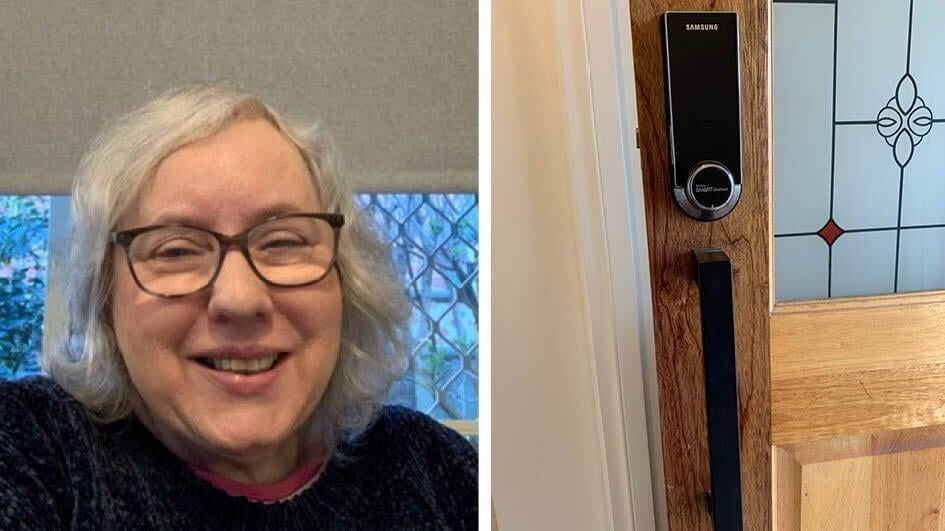I am a believer in moving with the times, and time is marching on for me, or so my bones and muscles tell me. My shoulders’ complain too that they have done enough lifting and propelling of the wheelchair for 36 years. It was time to recognise that it’s not a crime to find easier ways of doing things; and that didn’t mean losing independence. It’s better to keep your skills functioning but in a different or easier manner – I need to preserve my remaining arm and shoulder function as much as possible. This is written from the perspective of a C6 incomplete/T1 complete quad.
Today’s world of Smart Home and assistive digital technology is a long way from the world of disability I encountered back in 1985. I remember Dr Unger saying to me – as he was attaching head tongs to my head – that I would be able to use a computer, which was new to homes back then.
The first motorised item that entered my house about eight years ago was a bed with elevation function, which made wheelchair to bed transfers much easier and safer. Not long after, this was followed by a ceiling hoist that travelled in both directions, for more difficult transfers.
A Samsung keypad was installed at my front door. This has been wonderful – no keys to retrieve from the bottom of the handbag, or to hide somewhere for the carers. It does screech when it’s not happy about something, but overall it’s good. My young grandchildren even know the code.

My house has electronic shutters and blinds. The ones I can reach are controlled with a switch on the wall, and the rest I can control remotely.
Then I explored Google Home in conjunction with my iPhone as an inexpensive entry point to smart home technology.
I am still looking at ways to use Google Home and figure out what works for me. If I were dependent on the functions working at all times, I would be consulting an Occupational Therapist for referral to a specialist in home automation for an assessment. There are so many options to consider, and some technical requirements that an expert can advise on.
So far, I have trained Google to recognise my voice for commands via Google Nest. My most used are for switching on the radio (via a radio app), setting the alarm (great), bluetoothing the Audible book app, and controlling lights. I love that I can alter the volume, and switch radio stations, through voice command. Definitely beats controlling the radio and lamp controls with the reacher stick. After three days I stopped saying “please” at the end of each command. I no longer find the television on in the morning having accidently pressed the wrong Google Home control.
I particularly find the voice control function, and its many potential uses, the most beneficial (once I got used to talking to myself).
I always like to do whatever I can for myself, and today’s technologies really help in this respect. There is something for everyone in the world of home automation.
Now I just need to sort out a motor arrangement for the wheelchair.
- November 7, 2021




